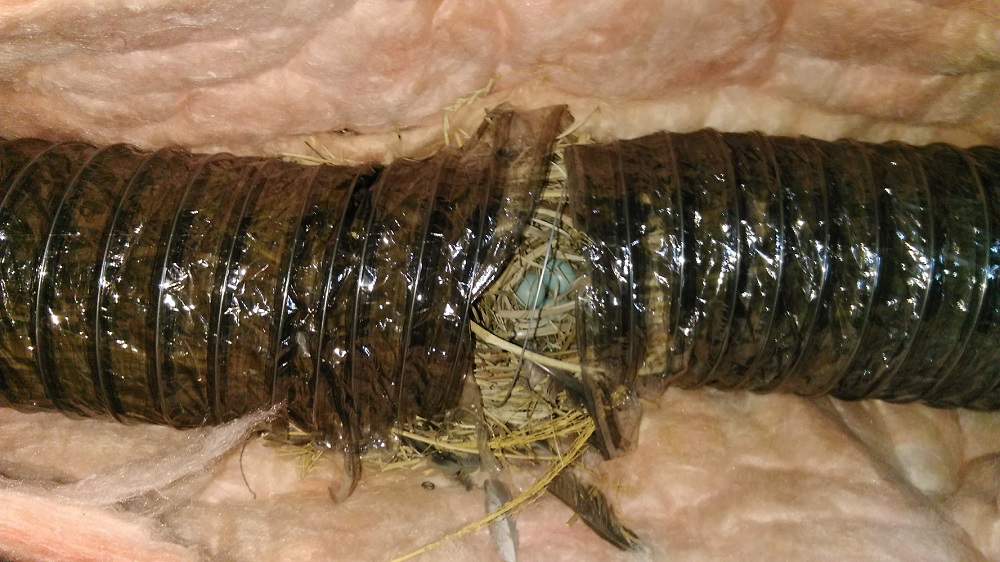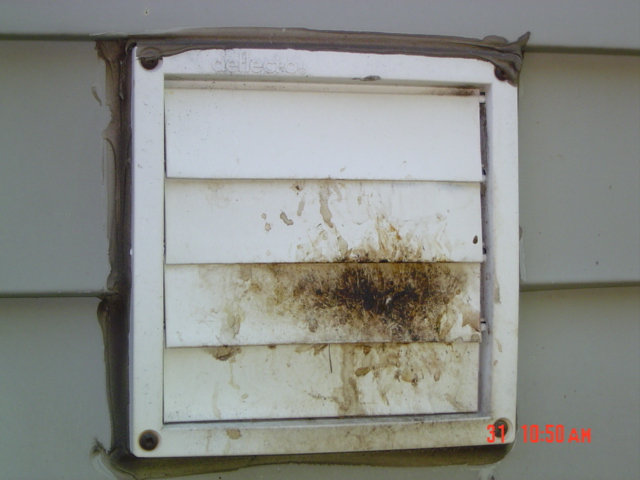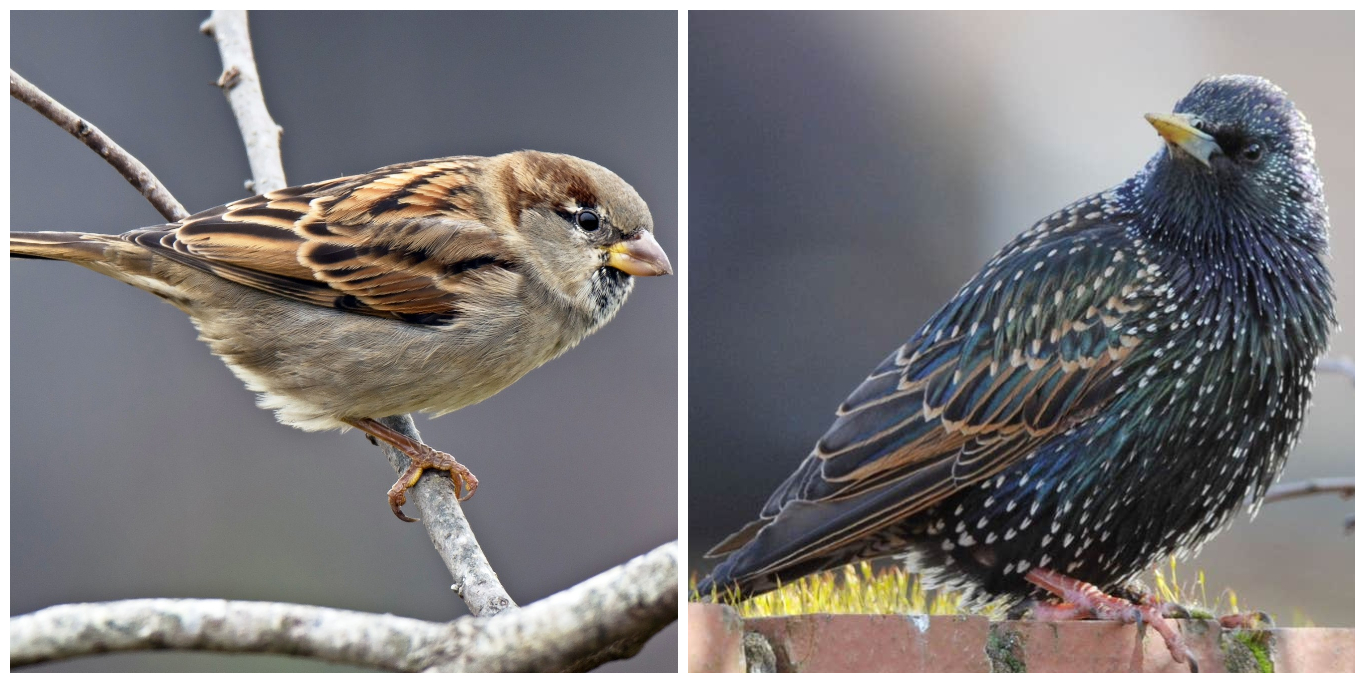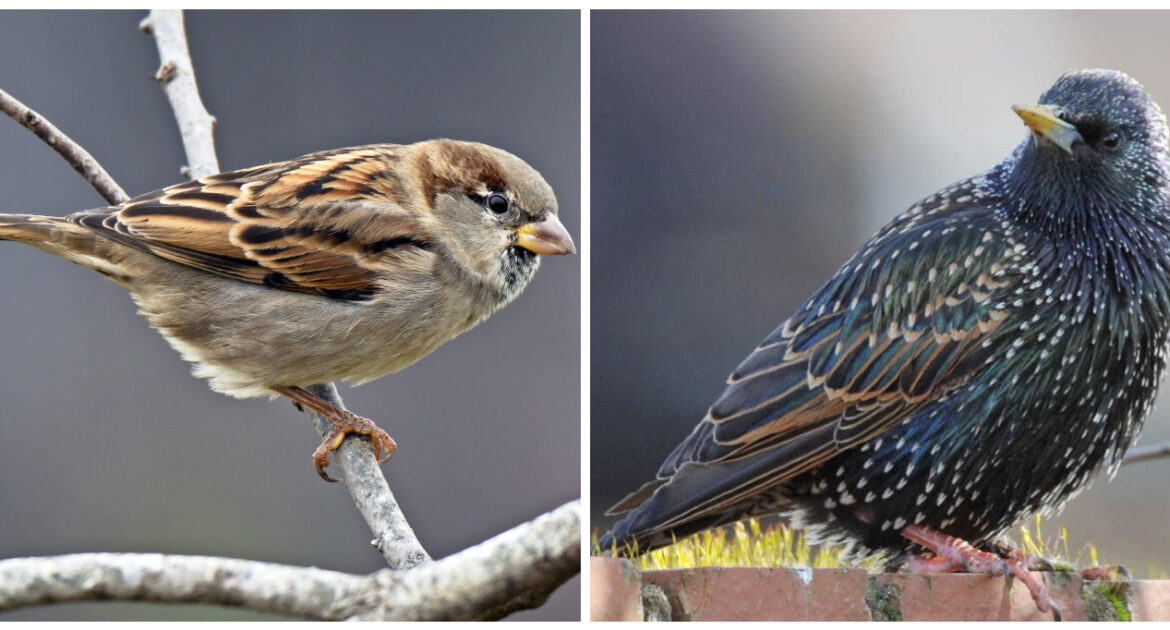It is wonderful to wake up on a beautiful sunny morning to the sweet sound of birds chirping outside. It is a great reminder that even in the most developed areas certain animals still thrive. Unfortunately, there are some invasive species of birds that thrive all too well in the cities and easily become a nuisance rather than a pleasure. House sparrows and European starlings are two highly adaptive species of invasive birds that you do not want nesting in and around your home.
Why are House Sparrows and European Starlings so Unpopular?
House sparrows and European starlings are non-native species that were introduced to the North American continent in the 19th century. They are highly adaptive birds and easily find shelter and roosting sites in and around buildings. These invasive species of birds are now permanent residents throughout Canada and the United States and are typically found in urban areas or places with a reliable source of food and they will eat from garbage cans and scavenge for discarded food in parks. Both species are cavity nesters, and this means that they like to nest in areas that are hidden and protected from predators including roof vents, wall vents, gutters, and downspouts. They compete aggressively with native cavity-nesting birds, like flickers and bluebirds, and will destroy nests and eggs or even kill baby birds in order to take over a nesting site.
The Difference Between House Sparrows and Starlings
Even if you are not an avid bird watcher, you will be familiar with both the European starling and the house sparrow as they are so common throughout North America and are found in most cities.
The European starling has a yellow beak in spring and its feathers are black with hints of iridescent green and purple. In winter the starling’s bill will be dark and its feathers light and speckled. Starlings typically roost in large groups known as murmurations. They usually raise two or three broods per season. Each brood will have four to six babies that will leave the nest within 21 days of hatching.
The male house sparrow has brown feathers on his back and wings, but his underparts are pale grey, and he looks like he is wearing a black bib. The female is predominantly greyish-brown and has no black markings. House sparrows are typically seen in large flocks in the cities and roost in trees, hedges or under the eaves of buildings. Like starlings, they have two or three broods in the spring and summer and each brood has three to seven babies. Young sparrows usually leave the nest approximately 17 days after hatching.
Don’t Watch, Act Now
Watching birds come and go on your property can be a very rewarding experience. It is great to watch youngsters take their first flights and later leave the nest for good but if you see house sparrows and European starlings coming and going from your property, you need to stop watching and take action. If you let these birds nest on your property and make themselves at home in your roof vents or exhaust vents, it won’t be long before your vents are completely blocked with nesting material.

Nesting material can be a serious fire and health hazard in your home. The material used to build nests can accumulate for months, or even years, blocking your ventilation system and causing your fans to go into overdrive, resulting in mechanical failure and overheating. Accumulated bird droppings and nesting material can attract mice, rats, and flies to your home, but the most serious issue is that your fans will be blowing nesting material, bird feces, mites and bacteria into your home.
Disease organisms, pathogens, and bacteria that can cause diseases in humans often grow in nutrient-rich bird droppings, feathers, and nest debris. The bacteria that causes diseases like histoplasmosis and cryptococcosis can be distributed throughout office blocks, hotels and apartment buildings through HVAC systems and this can present a serious health threat for people living and working in these buildings.
Examples of transmissible bird diseases that are associated with European starlings and house sparrows include:
- Histoplasmosis– a respiratory disease caused by a fungus that grows in dried bird droppings and can be fatal.
- Cryptococcosis – pulmonary disease caused by yeast found in the intestinal tract of starlings. It can also affect the central nervous system.
- Salmonellosis – food poisoning that can be caused by starlings and sparrows. The bacteria that causes salmonellosis can be found in bird droppings and the dust from droppings can be sucked through ventilators and air conditioners and contaminate food and cooking surfaces.
- E. coli can also be transmitted through bird droppings.
Signs You Might Have Unwanted Visitors

Not everyone pays close attention to the activities of birds on their property but even if you are not a bird watcher or enthusiast, you need to be aware of what is going on. Birds often enter homes through dryer vents or bathroom fan vents, and you are likely to hear fluttering, squawking or chirping coming from the fans or you will see birds flying out of the vents when you turn your dryer on. You might also notice staining in the area around vents, you could see nesting material, like grass or straw, poking out of vents and droppings on the ground below the vent.
The Removal and Cleanup of Bird Droppings is a Job for the Professionals
At first, glance, cleaning up the mess left by nesting birds may not seem like a complex job, but it should only be carried out by someone who has the proper equipment, experience, and expertise. The best way to clean nesting material out of an attic or vent is with a powerful trade vacuum while wearing appropriate breathing equipment.
Skedaddle technicians have the necessary equipment and training to safely remove all nesting material and clean the contaminated area, leaving your home in a healthy, livable state.
Bird-proofing Measures
Once the invasive birds have been removed from your property and the cleanup is complete, a Skedaddle technician will do an inspection of your property and make suggestions regarding installing bird-proofing measures. Bird netting, made from weather-resistant material, can be used to stop birds roosting on window ledges of large industrial buildings. Bird netting can also be used indoors to prevent birds from perching on rafters. To prevent European starlings and house sparrows from gaining access to your home and nesting in your attic, you need to repair any holes under the eaves and replace broken or damaged shingles and siding. Roof and wall vents need to be screened.
If you are a bird enthusiast and like to put out food to attract native birds to your garden, you have to accept that you will also attract house sparrows and European starlings. But if you are going to feed the wild birds, put out food that house sparrows and European starlings don’t like, for example, safflower, thistle seed, and nectar.
Contact Skedaddle Humane Wildlife Control for all your bird removal and prevention needs.




